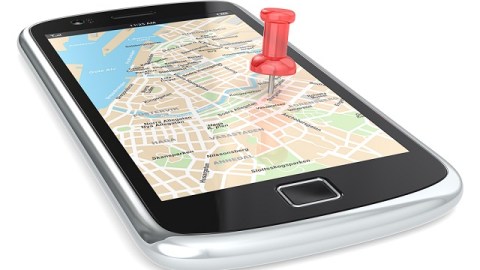What Cell Phones And Fingerprints Have In Common

What’s the Latest Development?
A paper recently published in Nature magazine’s Scientific Reports shows how a majority of cell phone users can be uniquely identified simply by examining when and where they use their cell phones. Only two of these spatio-temporal points — which could come from publicly available sources, such as a workplace address — were required to identify more than 50 percent of the 1.5 million users whose data was analyzed for this study, and with four points, 95 percent of users were identified. With this information, the research team was able to build a mathematical formula that essentially estimates individual privacy.
What’s the Big Idea?
Most people already know that a cell phone pinpoints its user’s location, but the results of the study illustrate just how much more of a challenge privacy advocates have as technology continues to advance. An individual’s typical day consists of visiting specific places at specific times, and just like a fingerprint, that mobility trace tends to be unique. Also, contrary to expectations, spreading out the amount of hours and/or the number of square meters between spatio-temporal points didn’t necessarily make individuals more anonymous.
Photo Credit: Shutterstock.com





